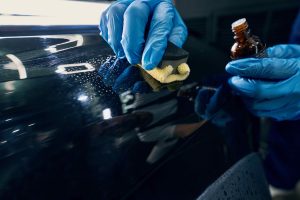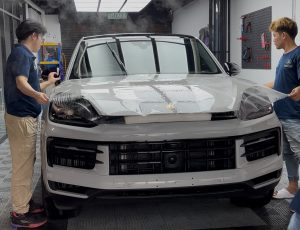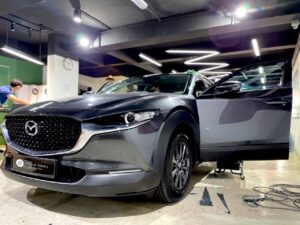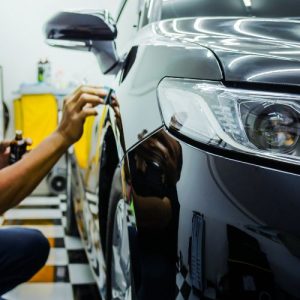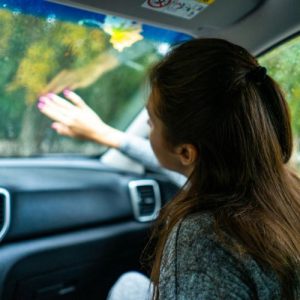Reduce Glare from oncoming headlights and street lamps can be one of the most frustrating and dangerous parts of night driving. If you’ve ever squinted behind the wheel or felt blinded by blue-white LED headlights, you’re not alone. At Shield Smith, many of our customers ask, “Can tint reduce glare during night driving?”
The short answer is: Yes — but it depends on the type of film you choose. Not all tints are suitable for night use, and the wrong one could actually make things worse. This article dives into real-world insights based on our testing across different Shield Smith window film ranges.
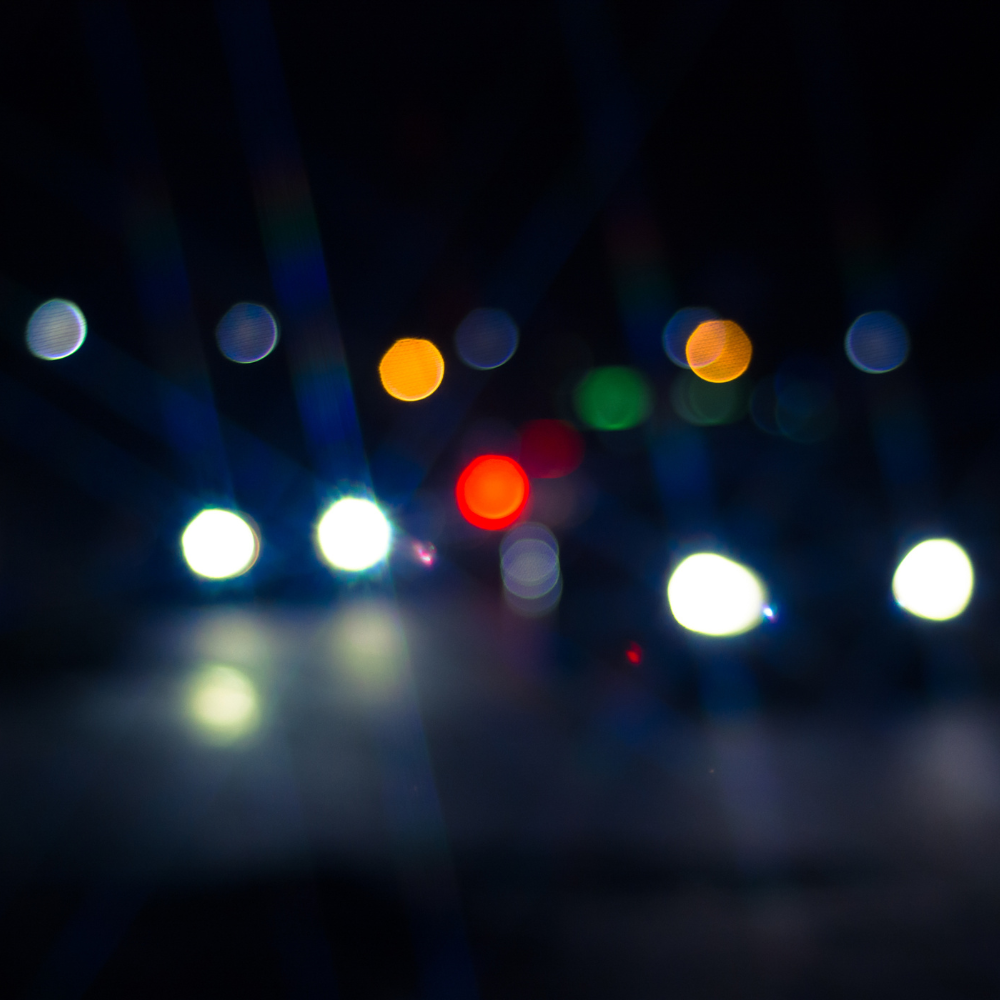
What Causes Night Glare?
Night glare comes from:
-
High-intensity headlights from other vehicles (especially white or blue LED)
-
Reflections off wet roads or glass surfaces
-
Poor eye adaptation between dark surroundings and sudden bright lights
Glare reduces visibility, causes eye strain, and increases the risk of accidents—especially during rainy nights on poorly lit Malaysian roads.
Can Tint Reduce Glare?
Yes, but the effectiveness depends on:
-
VLT (Visible Light Transmission)
-
Film technology (e.g. dyed, ceramic, sputtered)
-
Quality of installation
Real Testing at Shield Smith
We tested our most popular films on actual Malaysian roads and highways at night. Here’s how they performed:
✅ Eclipse Series (Dyed Film)
-
VLT: 50-70%
-
Glare Control: Moderate
-
Slightly reduces glare but may cause a mild brownish tint at night.
-
Affordable option for drivers mainly doing city driving.
✅ Alaska Series (Nano-Ceramic)
-
VLT: 50%, 70%
-
Glare Control: High
-
Reduces harshness of LED headlights without darkening the view.
-
Maintains clarity and comfort, even during rain.
✅ Divine Series (Hybrid Sputter + Ceramic)
-
VLT: 40%-70%
-
Glare Control: Very High
-
Filters out scattered light from reflections and LEDs effectively.
-
Recommended for highway drivers and Grab/e-hailing drivers.
✅ Prime Series (Multilayer Sputtered)
-
VLT: 60-70%
-
Glare Control: Excellent
-
Offers top-tier clarity and glare reduction. Feels almost like anti-reflective lenses for your car.
-
Ideal for luxury car owners or those prioritizing comfort.
What You Should Avoid
-
Low-quality dyed films: They may look dark but worsen night visibility.
-
Overly dark tints (<30% VLT): These are illegal for front windows and can be dangerous at night.
-
Non-JPJ compliant tint: Failing a roadblock or PUSPAKOM inspection isn’t worth the risk.
Conclusion
Yes, car window tint can help reduce glare during night driving, but only if you choose the right film. At Shield Smith, we guide every customer based on their:
-
Driving time (day vs night)
-
Lifestyle (e.g. long-distance vs city driving)
-
Desired look vs legal limits
Want to test it yourself? Visit Shield Smith to experience our full demo cupboard, heat test chamber, and night glare simulation.
Multilayer Sputtered Window Film
** Installement Plan Up To 24 Months**

